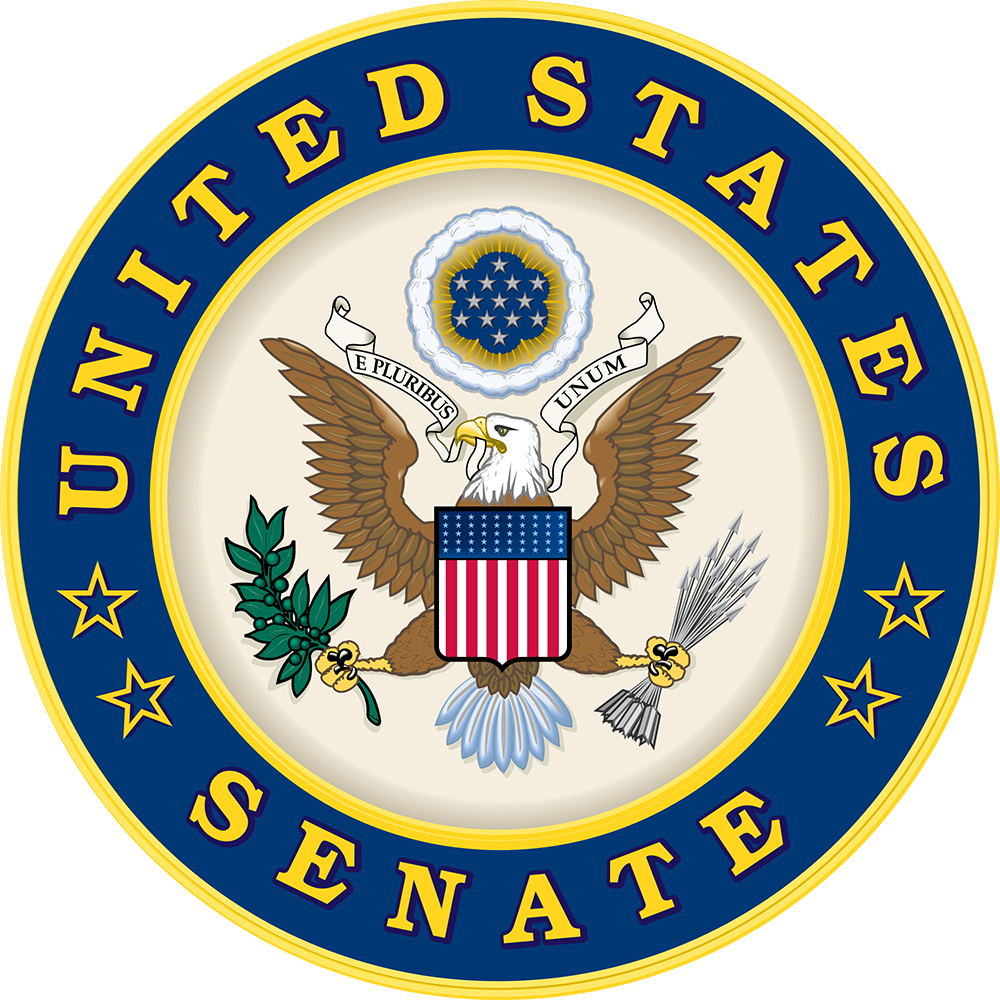Senate HUD Appropriations Subcommittee Holds FY 2015 Budget Hearing

On April 2, HUD Secretary Shaun Donovan testified before the Senate Transportation-HUD Appropriations Subcommittee on HUD’s FY 2015 budget request. Subcommittee Chair Patty Murray (D-WA) stated in her opening statement that the December 2013 budget deal she struck, in her capacity as Chair of the Senate Budget Committee, with House Budget Committee Chair Paul Ryan (R-WI) setting the discretionary spending limits for FY 2014 and FY 2015 provides an opportunity for the appropriations committees to return to regular order and pass individual spending bills. She added, however, that the budget remains tight.
Both Murray and Ranking Member Susan Collins (R-ME) commented that approximately 84 percent of HUD’s budget request would go only to renewals for the Section 8, public housing, and homelessness accounts. Collins added her concern that the increasing cost of renewals and decreasing receipts from the Federal Housing Administration (FHA), which occurs as FHA’s market share shrinks, will soon cause renewal costs to consume the entire HUD budget.
Murray told Donovan she is concerned about the budget’s proposal to shift the project-based Section 8 account to a calendar-year funding cycle. Donovan replied that the proposed shift in FY 2015 does not change the amount of funding required to fund for a full 12 months all contracts in FY 2016, which will be approximately $10.8 billion. He said HUD would need $1.3 billion more than the $9.7 billion it requested for project-based Section 8 in FY 2015 to close all the shortfalls (contracts funded for less than 12 months) that currently exist and without that additional funding, HUD believes it is better to shift to a calendar-year funding cycle to provide more certainty for property owners. Murray asked how a calendar-year funding cycle might be impacted if Congress makes the shift in FY 2015 and then passes a continuing resolution (CR) in place of an annual appropriations bill in FY 2016. Donovan said HUD would still be able to use advanced appropriations with the funds made available under the CR to manage the program.
Senator Tom Udall (D-NM) voiced his concern that lack of affordable housing in the rural areas of his state is limiting economic expansion. Udall stated, “The Low Income Housing Tax Credit (Housing Credit) is one of the best tools to increase the production of affordable housing.” He asked how the budget’s proposed changes could improve production in rural areas. Donovan responded that Housing Credit allocation decisions are made at the state and local levels and said it is important to focus on how Housing Credits are allocated and to make sure the rural areas get their fair share. He added that given the current affordable rental crisis more must be done to provide funding. He stated that HUD believes, in addition to the Community Development Block Grant (CDBG) funding proposed, that funding for the HOME Investment Partnerships program (HOME) is critical. Donovan said the need for affordable housing is why the President has spoken out, saying Congress should not just maintain the Housing Credit program but should increase investment in Housing Credits in any tax reform. Donovan added that in housing finance reform, it is critical to invest in the Housing Trust Fund and other investments that would increase affordable housing in both urban and rural areas.
Senator John Boozman (R-AR) asked why HUD proposes to eliminate the Self-Help and Assisted Homeownership Opportunity Program (SHOP) as a standalone program and to shift it into the HOME account. Donovan replied that HUD is proposing to fund SHOP under the HOME program and is not proposing an elimination of SHOP funding; HUD is proposing $10 million within the HOME account be used for SHOP. He said HUD is making the proposal because SHOP works closely within the HOME rules and can be used effectively in partnership with HOME.
Murray asked what cost savings are being recognized from the Section 811 Project Rental Assistance (PRA) program, which was first funded in FY 2012. Donovan replied there is the potential for huge cost savings, particularly on the health care side, and that HUD and the Department of Health and Human Services (HHS) are targeting the program to those either most likely to end up in nursing homes or already in nursing homes to ensure program investments are significantly reducing costs.
Murray also asked about the demand for and the lessons learned so far from the Rental Assistance Demonstration (RAD) program. Donovan said there has been overwhelming demand for RAD. The appropriations legislation authorizing RAD set a cap of 60,000 units and as of December 31, 2013, HUD had applications for approximately 180,000 units. He said it is critical for Congress to lift the unit cap. Murray said there was a concern last year that increasing the cap would increase the burden on the project-based Section 8 account. Donovan replied that RAD causes no net increase in federal costs because it takes funding out of the public housing account and puts it into the project-based Section 8 account.
Collins asked about HUD’s outdated handbooks, referencing specifically a guide on minimum property standards. Donovan said HUD has made some incremental updates and is in the process of doing a comprehensive review. Donovan added that the Housing Choice Voucher (voucher) program uses Housing Quality Standards (HQS) while other programs use the Uniform Physical Condition Standards (UPCS). He said HUD is in the process of moving to the UPCS standard across-the-board.
Multiple Senators questioned Donovan about administrative burdens on public housing agencies (PHAs). Donovan said HUD is on track to complete by July a report that reviews PHA rules and regulations. He added that the report will include both statutory and regulatory suggestions for reducing burdensome requirements.
See NCSHA’s analysis of the Administration’s FY 2015 Budget for additional detail on HUD’s budget proposal.

